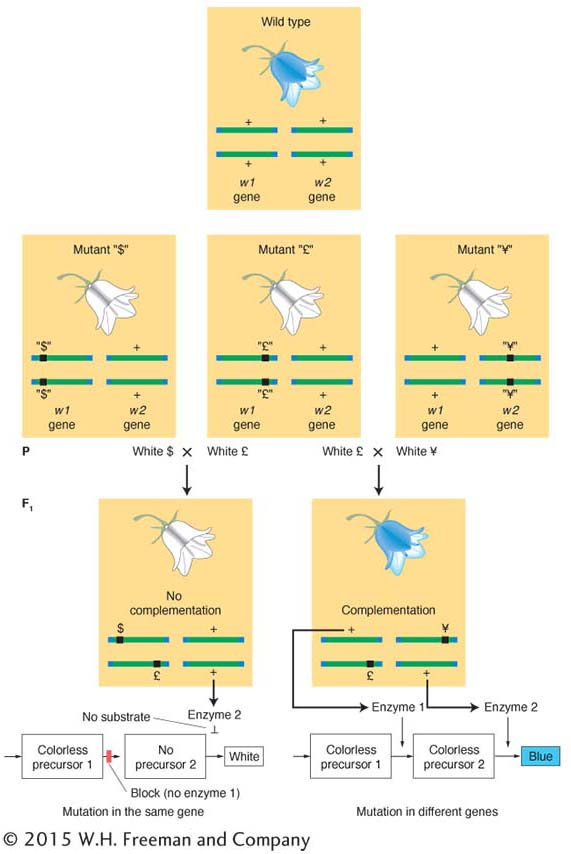
Three phenotypically identical white harebell mutants— d-